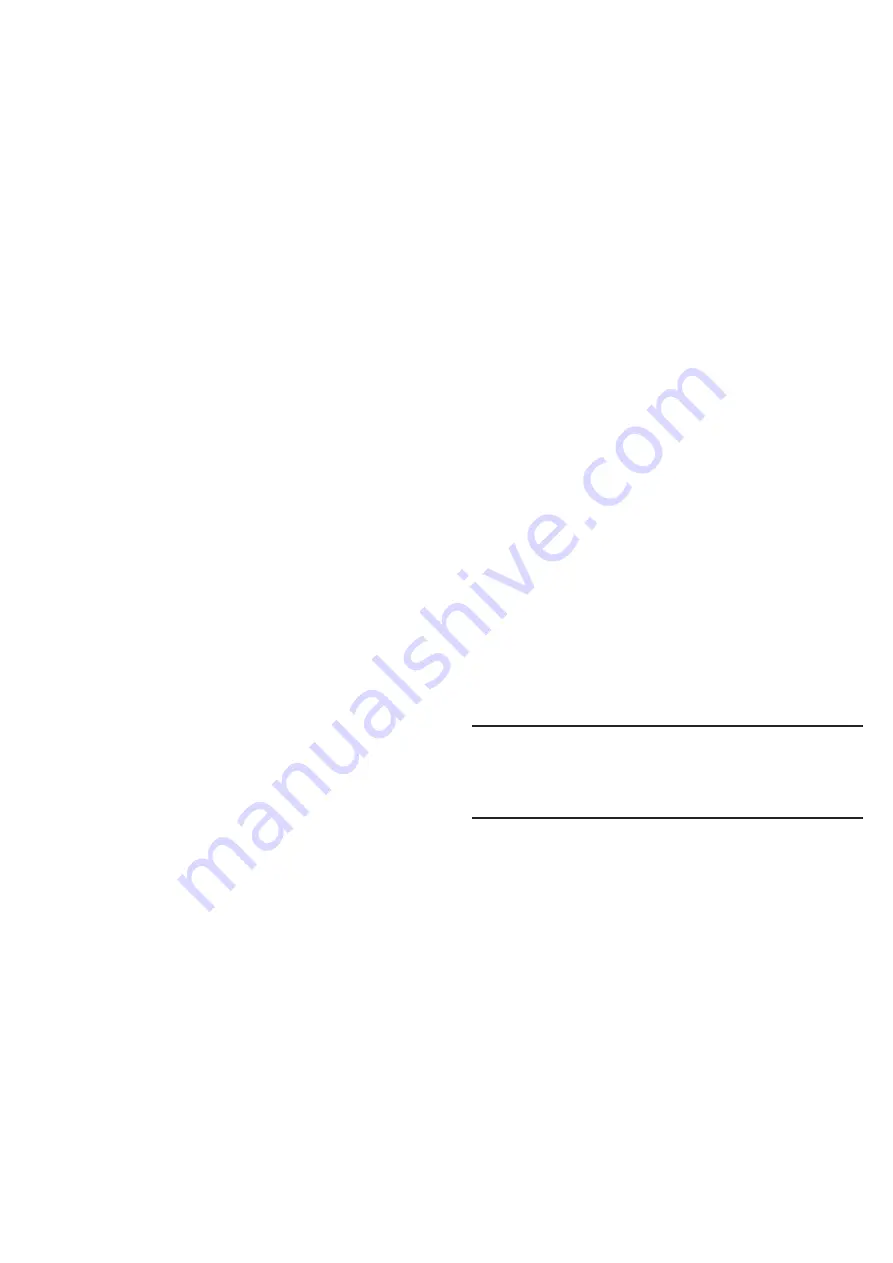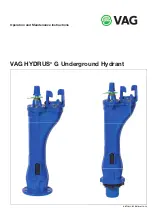
KORMORAN PL V 180 / PL VHA 180
OPERATING
INSTRUCTIONS
- 9 -
9901.00.23EN00 - 01/2016
2.1.6
Transporting on public roads
ʈ
Implements must always be used in accordance with the
applicable directives and regulations regarding accident
prevention, vehicle safety and occupational health.
ʈ
Before each journey, check that the wheel bolts and the
tandem fastening screws (if the implement is equipped with
them) are tight. Check the pressure and condition of the tyres:
- Do not drive if the tyre pressure is too low or if tyres or wheel
rims are damaged.
ʈ
When transporting, use all lighting and signalling devices
required by the applicable laws in the country of use. They can
EHUHWUDFWHGZKLOHZRUNLQJLQWKH¿HOGVLIUHTXLUHGWRSUHYHQW
damage.
ʈ
The user is responsible for adjusting to the applicable
regulations and for implementing developments.
ʈ
Check the condition of the coupling bolts and ensure that
they are tight on a regular basis; if there is wear, replace them
without delay.
The ball joints on the tractor can also show signs of wear;
replace them with new ball joints without delay.
ʈ
Drive at an appropriate speed in accordance with regulations
so that the attached device is always under control. Take
particular care on rough or sloping ground. Change to a low
gear before driving down slopes.
ʈ
The tractor used to drive the implement on roads must have
the same weight and the same output as that used for work on
¿HOGV
ʈ
Never control the implement if anybody is close to the
implement or the tractor.
ʈ
If the implement is equipped with a transport folding
mechanism, ensure that there are no people or hindrances in
the pivot range when folding the elements in or out.
ʈ
Take care when driving, particularly on curves and in narrow
streets.
ʈ
Before leaving the tractor, take all precautionary measures.
Apply the parking brake, shut down the engine and remove
the ignition key from the tractor.
ʈ
When driving on the road, do not allow anyone to climb on
the implement or to remain between the implement and the
tractor.
2.1.7 Maintenance
ʈ
The maintenance area must be clean, dry, ventilated and well
lit.
ʈ
When working on or removing a part on the implement in
a raised position, ensure that it is supported using suitable
VXSSRUWVWKDWDUHVXI¿FLHQWO\VWDEOH
ʈ
Repairs to pressurised or live elements (pressure tanks,
VSULQJVHWFUHTXLUHVSHFL¿FSURFHGXUHVDQGWRROV7KH\PD\
RQO\EHFDUULHGRXWE\TXDOL¿HGSHUVRQQHO
ʈ
After carrying out the work, ensure that all pieces of equipment
and tools that were required for the work have been removed
from the implement.
ʈ
Check the tightening torque of the wheel bolts, the lower
fastening nuts on the wear parts and the remaining screws
and nuts on a regular basis.
ʈ
Only use original spare parts; only they meet the
manufacturer's technical requirements.
2.1.8
Loading and unloading
-
Loading and unloading using a tractor.
ʈ
Couple or uncouple the implement to/from the tractor to load it
onto a lorry or to unload it from a lorry.
ʈ
Loading and unloading the implement: An assistant is required
to guide the work.
ʈ
Fasten the transport lock or remove it.
-
Loading and unloading using a crane.
CAUTION:
2QO\IDVWHQWKHOLIWLQJGHYLFHVWRWKHVSHFL¿HG
fastening points or using suitable fasteners. Never
remain under a raised load or a load that is not
secured.










































